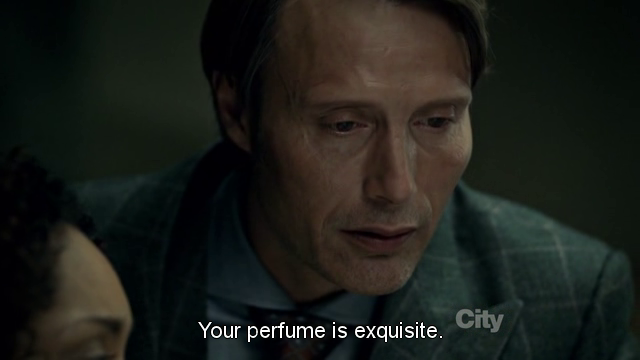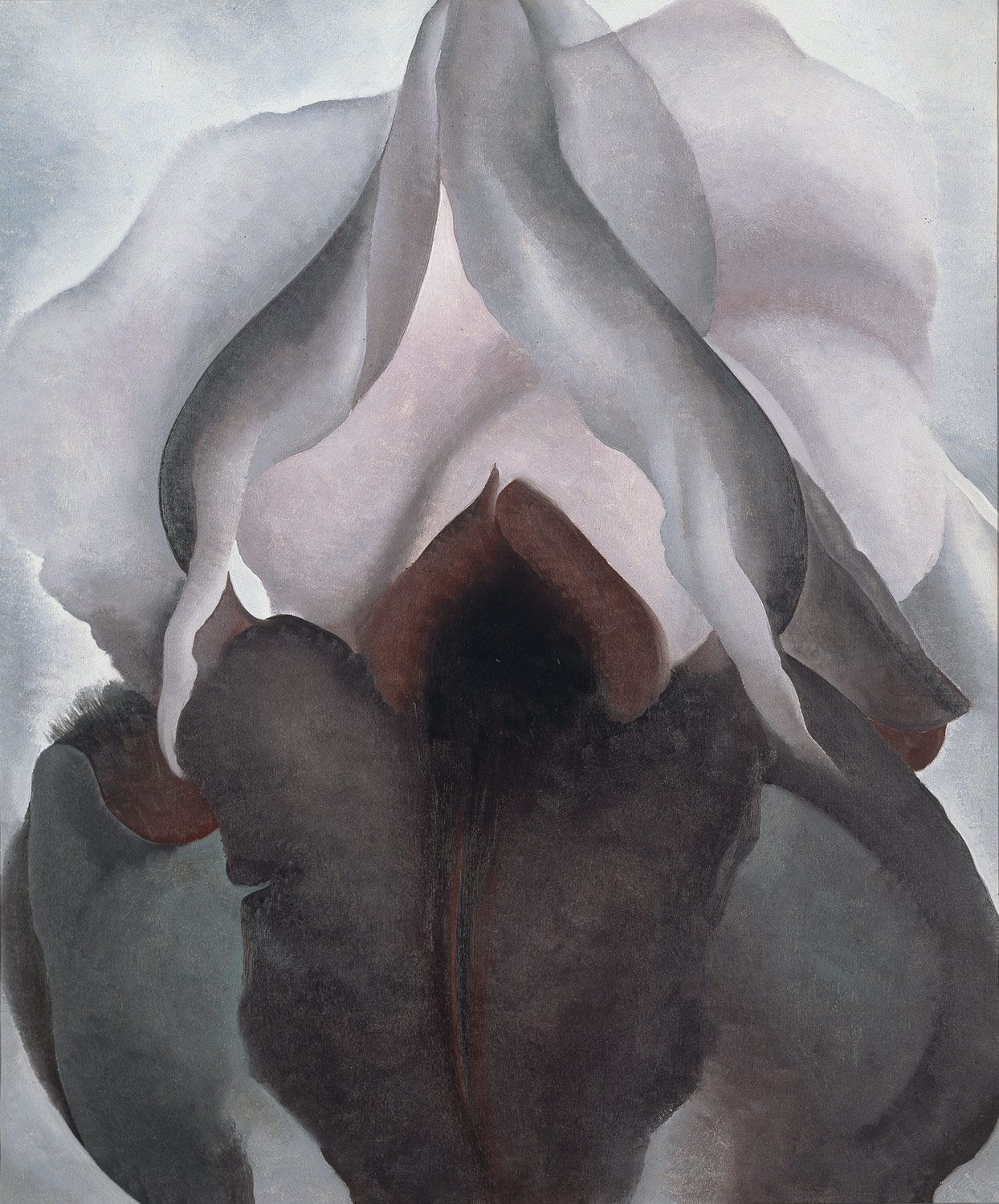Hannibal is the last person you want close enough to smell you, yet ironically he would be an excellent perfume shopping buddy.
In the films, TV series and novels, there are multiple scenes where Lecter identifies someone’s fragrance in seconds.
In the 1986 film Manhunter (adapted from the first novel, Red Dragon), he whiffs Old Spice on FBI agent Will Graham. “That’s the same atrocious aftershave you wore in court three years ago.” “That shaving lotion is something a child would select. It has a ship on the bottle, doesn’t it?” Later, when Will’s cards are on the table, Lecktor spits: “You came here to look at me, to get the old scent back again didn’t you? … Do you know how you caught me Will? The reason you caught me Will, is we are just alike. Do you understand? Smell yourself”.
Brian Cox makes a much more terrifying and believable Lector compared to the campiness of Anthony Hopkins, but I love both versions.
In the same scene in the novel, immediately after Will Graham’s visit Lector sinks into a revery where his thoughts take scent form:
“Dr Hannibal Lecter lay on his cot with the cell lights down after Graham left him. Several hours passed. For a while he had textures; the weave of the pillowcase against his hands clasped behind his head, the smooth membrane that lined his cheek. Then he had odors and let his mind play over them. Some were real, some were not. They had put Clorox in the drains; semen. They were serving chili down the hall; sweat-stiffened khaki. Graham would not give him his home telephone number; the bitter green smell of cut cocklebur and teaweed. Lecter sat up. The man might have been civil. His thoughts had the warm brass smell of an electric clock.”
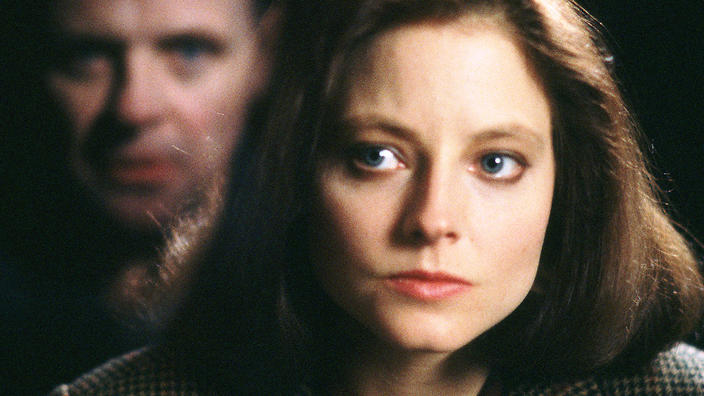
This interaction with Will Graham is echoed in the infamous first meeting between Clarice Starling and Lecter in The Silence of the Lambs.
“You use Evyan skin cream, and you sometimes wear L’air du Temps. But not today.” (The novel adds the line: “Today you are determinedly unperfumed”.)

Brian Cox in Manhunter – 1986,
Anthony Hopkins in The Silence of the Lambs – 1991,
Mads Mikkelsen in Hannibal – 2013
And Lector also plays his little scent game in the TV series Hannibal. To a dinner guest: “Your perfume is exquisite. Similar to the aroma on the air just after lightning strikes. Is it JAR?” JAR is a good choice, Hannibal being a collossal snob. It is one of the most expensive perfume houses in the world, with a tiny unlabelled store front in Paris.
Lector uses his preternatural sense of smell to humiliate and alarm (few things are more mortifying than someone saying “You smell”). Will Graham and Clarice Starling adopt a similar approach to his antics: they stay neutral and factual as possible, get in, do the job and get out. And they have almost exactly the same lines:
Will: “I don’t think I’ll persuade you at all. You’ll either do it or you won’t.”
Clarice: “I’m only asking you to look at this doctor. Either you will or you won’t.”
Will is an experienced veteran, Clarice is a young trainee meeting Lector for the first time (“Jack Crawford sent a trainee, to me?”) On her first visit she she is sexually assaulted three times, twice by Multiple Miggs. He hisses “I can smell your cunt” as she arrives, when she leaves, he flicks spunk at her. But Lecter also assaults her. He makes her repeat what Miggs said (“He, hissed at you. What did he say?” “He said, I can smell your cunt.” “I see. I myself cannot”). Then he greedily consumes her scent and quotes it back to her. It is gross, intimate and invasive, a sexual assault by scent. It dissolves the glass between them.
Fascinately, a study in 2012 correlated an impaired sense of smell with psychopathic traits. So Thomas Harris might have been off the mark in his characterisation of Lector. Perhaps Patrick Bateman, another fictional psychopath with great taste, can’t actually smell the bottle of Caron Pour Un Homme, the honey almond body scrub and other delights we see in his bathroom cabinet in the ‘morning routine’ scene. Even if he can’t smell them, they complement his characterisation. Bateman fills himself up by consuming fine things: women, designer clothes, exclusive restaurant bookings, because this is how he builds a sense of self. He is an empty person: “There is an idea of a Patrick Bateman, some kind of an abstraction. But there is no real me, only an entity, something illusory. … I simply am not there.”
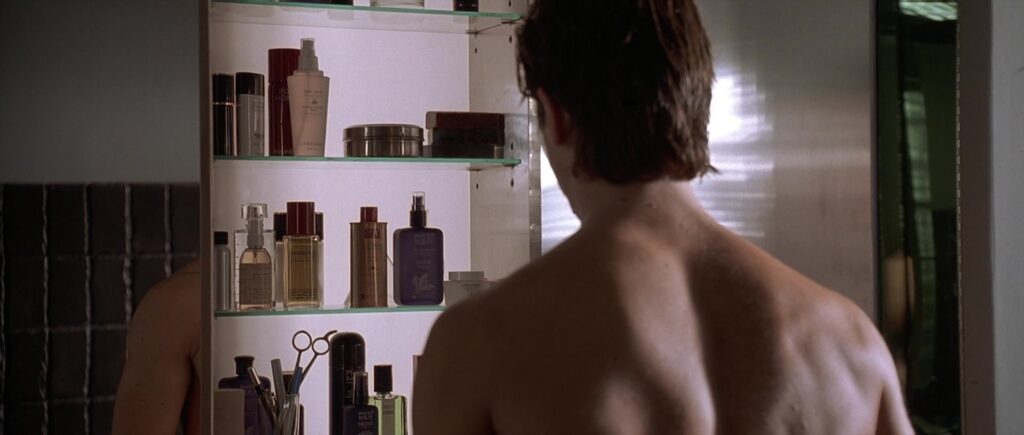
‘Do you know Florence?’
Poor caged Hannibal is forced to endure the pedestrian mainstream colognes of his government visitors. The second he escapes prison, (after a brief Carribean detour), Hannibal scampers off to the 800 year old l’Officina Profuma Farmaceutica di Santa Maria Novella in Florence to pick up something more refined. In the opening of the (crap) movie sequel Hannibal, he sends a letter to Clarice. Scent traces of SMN handcream – made with whale ambergris – on his writing paper leads the FBI to him. SMN is the oldest pharmacy and perfumery in the world, and is at the top of my post COVID visit wish list. I will join the throngs of plebby tourists that Dr Lector would despise, and treat myself to something with my pathetic post-Brexit post-Covid pounds. SMN is also favoured by another classic fictional psychopath – it is where Tom buys perfume for Marge in the film of The Talented Mr Ripley (the shop is left unnamed in the Patricia Highsmith novel).
Doves of peace, phoenix from ashes
So L’air du temps, then, is the signature scent of Clarice Starling (also of my lovely mother-in law, and I expect many other fondly remembered maternal figures for people across the world. I enjoy smelling it in my daughter’s curls after she has spent a day with nanny.) Composed by Nina Ricci in 1948, with a beautiful swirled glass Lalique bottle with frosted doves flying on top, L’air was launched three years after the war, intended as a symbol of peace and renewal. It’s a spicy, soft carnation, warm and soapy but light as air. It has been reformulated. There are many weepingly beautiful pre-reformulation reviews, which assure me the contemporary version I have is a travesty of former glories. I keep debating whether to spend £20 on a tiny vintage bottle from eBay just to put the whole problem to rest.
Why did Thomas Harris choose L’air du temps for Starling? Is Lector laughing at her old fashioned taste in the same way he takes the piss out of her ‘good bag and cheap shoes’? Perhaps her choice says something about Starling’s inner strength and deep resolve. Just like L’air du Temps, Starling represents hope for renewal in the face of humanity’s worst atrocities.
When I think of Clarice wearing L’air du temps in that grim prison basement, I land on an image of the photojournalist Lee Miller in Hitler’s bathtub in 1945, washing the dust of the death camps from herself.
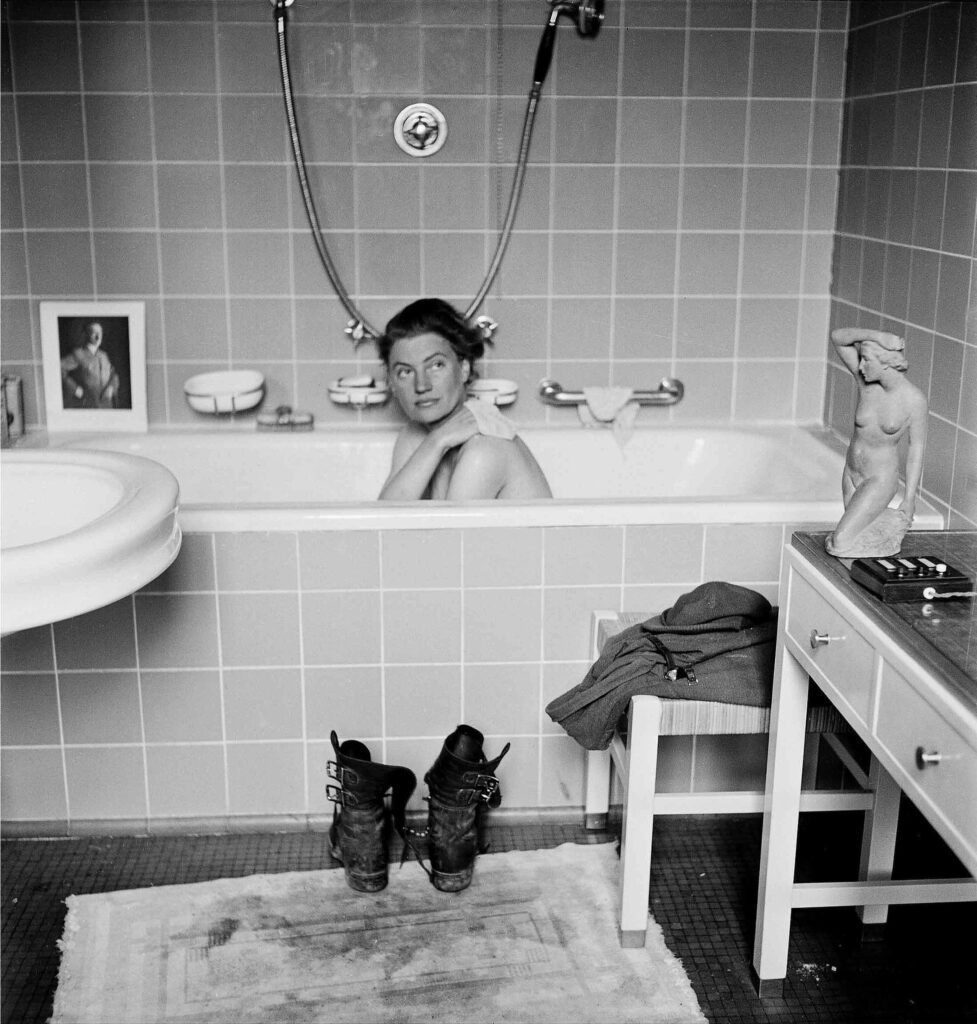
If you have never heard of Lee Miller, or only know of her as Man Ray’s muse, I urge you to learn more (I’ve linked two excellent podcasts below, and a biopic is on the way). She grew up in an upper class American family in Poughkeepsie, and modelled for Vogue in New York in the 1920s. Went to Paris in 1929, and apprenticed herself to May Ray (he didn’t have much choice in the matter). They became lovers and artistic collaborators, and co-invented photographic solarisation.
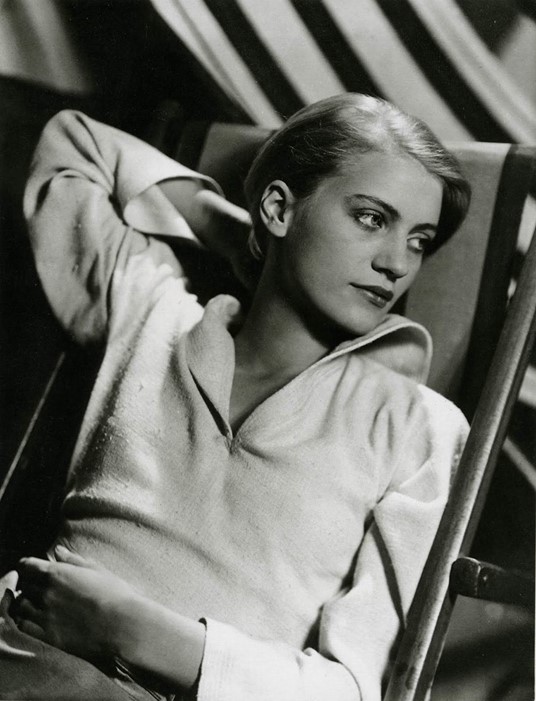
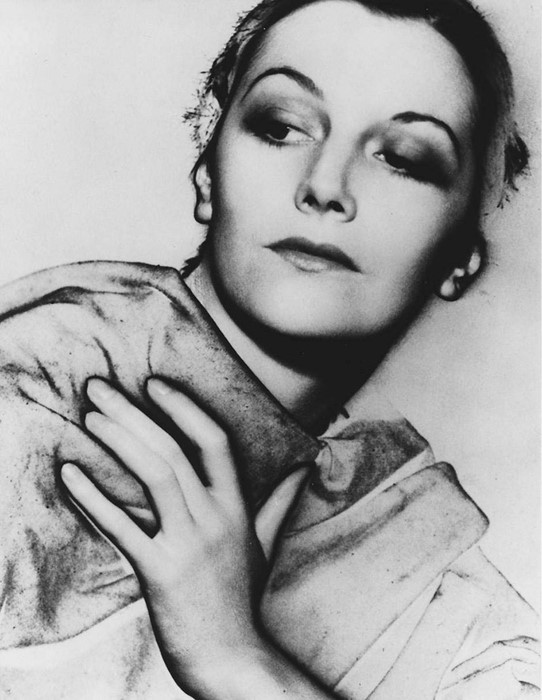
A decade later, no longer with May Ray and on a second husband, Lee was in London when World War II broke out. This spurred her return to photography with a vengence. She took up photography for ‘Brogue’ – British Vogue – styling haut couture among bombed out buildings but also documenting the day to day of the Blitz.
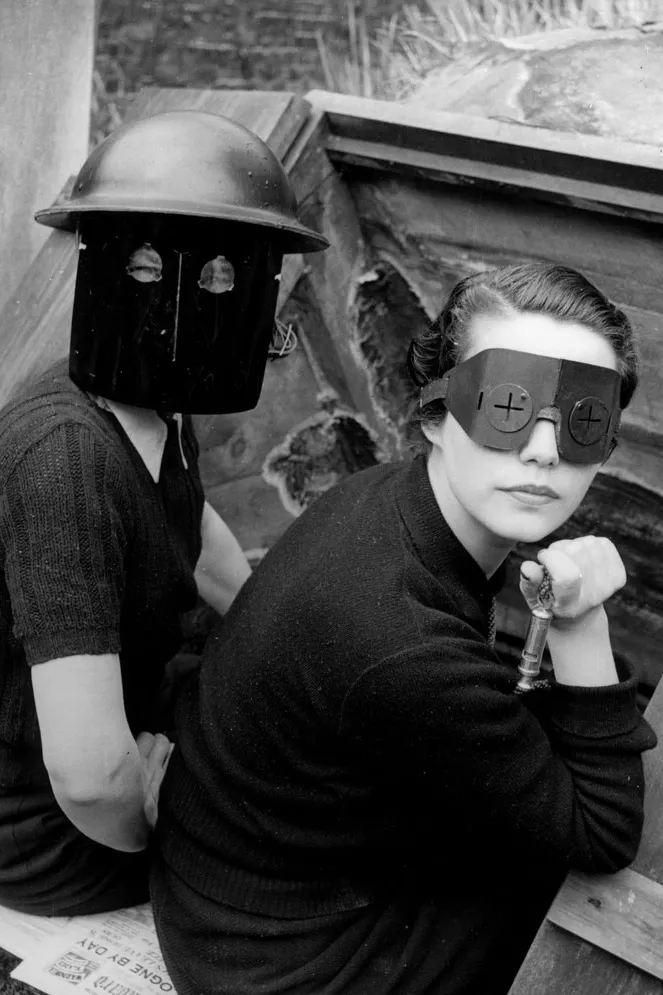

As war progressed, Lee wanted to go to the front. She embedded with the US Army as a Conde Nast war correspondent in 1942, and covered D Day, the liberation of Paris, the siege of St Malo, Buchenwald, Dachau. Her spreads in Vogue brought the reality of the conflict to the public. Lee felt an urgent duty to act as an eye witness, to document for posterity, and to bring the death camps to the world’s attention. A telegram to her editor at Vogue: “I IMPLORE YOU TO BELIEVE THIS IS TRUE! I hope Vogue will feel that it can publish these pictures.” The caption for her photo spread in the final edition: “Believe It.” She titled one of her images “Horrors of a concentration camp, unforgettable, unforgivable.”
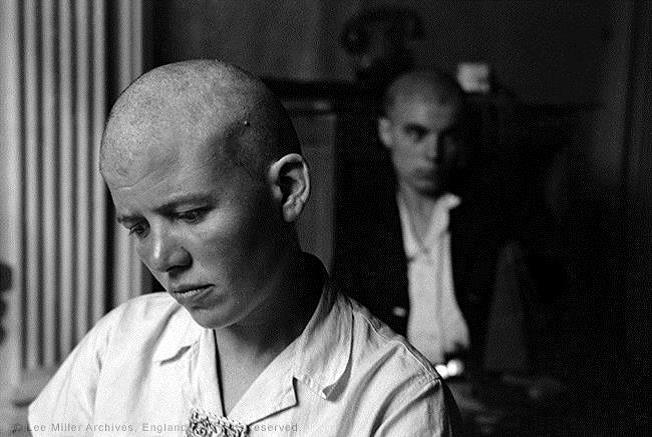
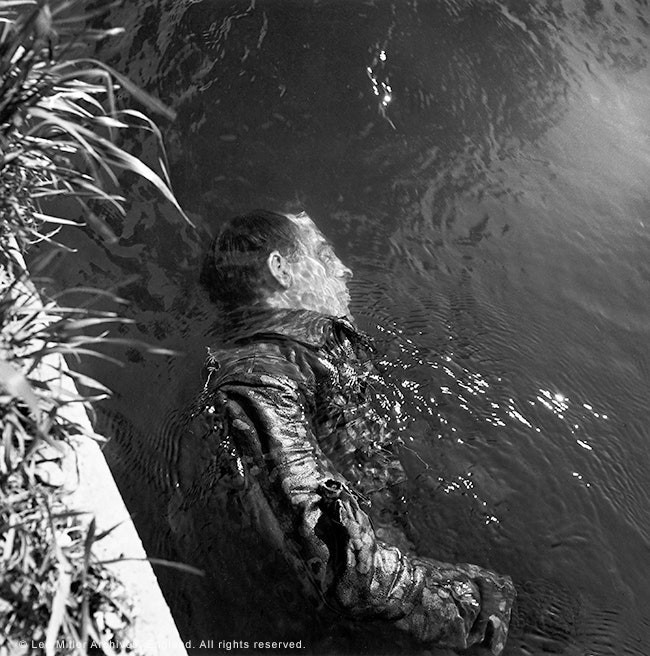

Lee Miller’s war photography.
Woman accused of collaborating, Rennes, France 1944;
Dead SS Guard, Floating in Canal, Dachau, 1945;
Two German women sit on a park bench surrounded by destroyed buildings in Cologne, Germany, 1945;
Small wonder that Lee Miller suffered from PTSD and alcoholism after the war. Her son Anthony knew nothing of her work. He discovered 60,000 photos, negatives, journals and cameras in the attic of the family farmhouse in the 1980s after her death. It is due to his careful curation that her work has reached a wider audience today.
Lee and Clarice, then: blisteringly smart women with a powerful will and fierce moral duty. (Lee seems to have been a Guerlain girl, so I raise a bottle of L’air du temps and of L’Heure Bleue to them both.)
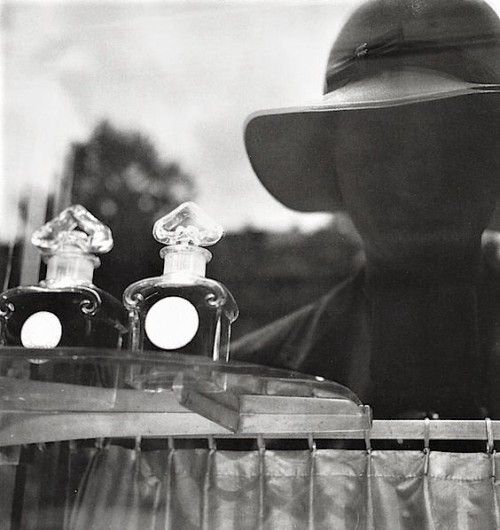

Reading list
Shout out to the fab blog Born to Be Unicorn which collects images of beauty products in TV film and the arts (referenced several times in this post)
BBC Radio 4 Great Lives podcast episode on Lee Miller
Dressed: A History of Fashion podcast episode on Lee Miller
Villanelle uses perfume as a murder weapon in Killing Eve.
Red Dragon and the Silence of the Lambs by Thomas Harris
The Tom Ripley novels and Strangers on a Train by Patricia Highsmith
Confessions of a sociopath: a life spent hiding in plain sight by M. E. Thomas.
The Psychopath Test by Jon Ronson
